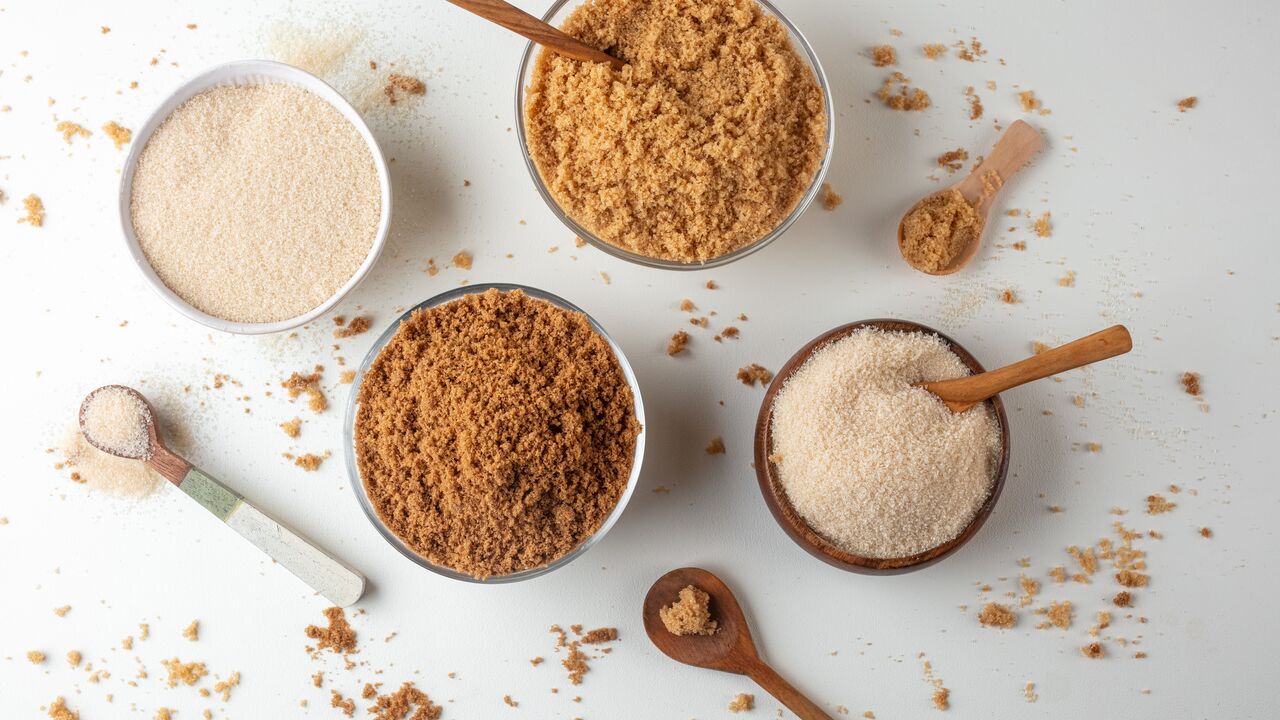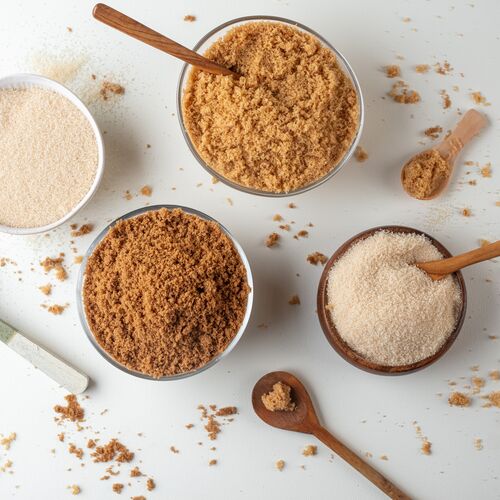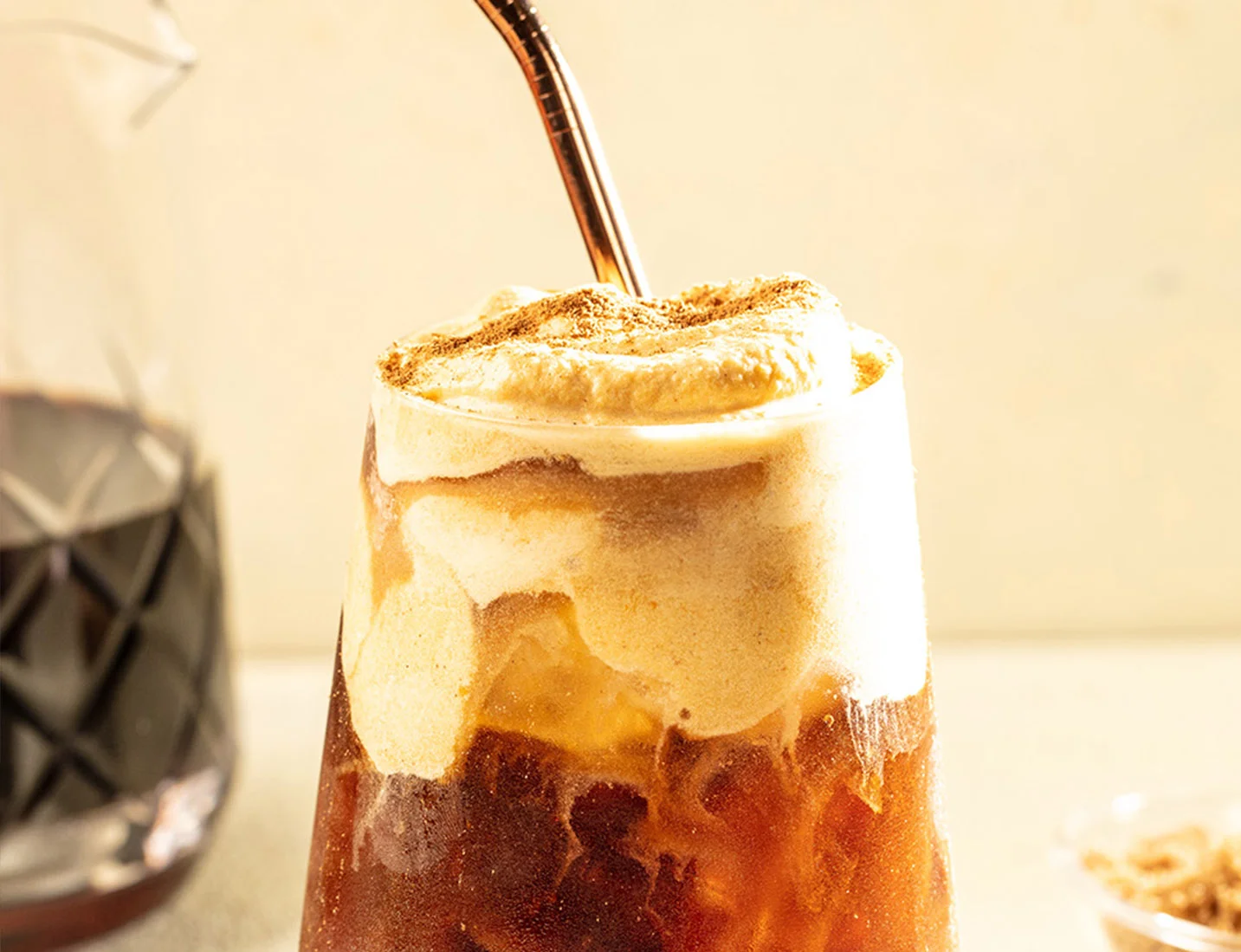Categories: Baking | FAQ | Chefs & Bakers | Everyday Baking
From flavor to fermentation, Domino® Sugar adds a lot to your recipes
In coffees, sauces, syrups and dishes of every kind, sugar has long added a touch of sweetness. But in baking, sugar actually adds a great deal more. Whether you choose Domino® Sugar Powdered Sugar, Dark Brown Sugar or anything in-between, here are just a few of the ways sugar can benefit your baked goods:
1. Sweetening
Ok, this one is kind of a given. Sugar is undeniably sweet, and it imparts that quality into recipes with sugar as well. Using a little or a lot, you can easily vary the level of sweetness in your recipes. And by choosing from different types of sugars with varying levels of molasses content, you can change the flavor profile as well. For example, Domino® Granulated Sugar is good for recipes where pure sweetness is desired, while Domino® Golden Sugar provides just a hint of molasses taste.Domino® Dark Brown contains the most molasses, and the most robust flavor as a result.
2. Browning
Know that golden-brown look you get at the edges of your baked goods when they’re cooked just right? You can thank sugar for that. Baked goods with higher levels of sugar are more prone to browning due to the tendency of sugar to caramelize when exposed to heat. Higher levels of sugar, and higher temperatures, are more likely to result in significant browning. This is true whether you’re baking chocolate chip cookies for a class event, or smoking a rack of ribs for the big game.
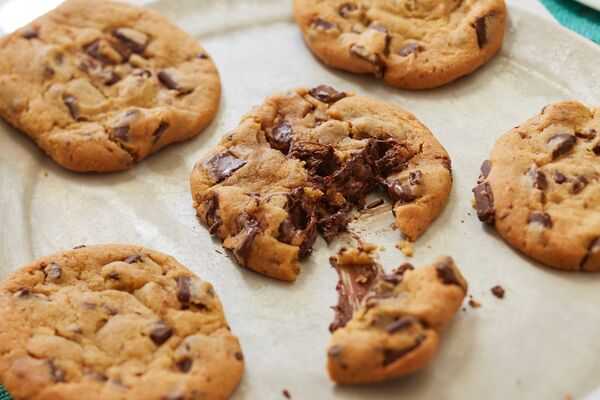
3. Moisture Retention
Sugar has hygroscopic properties. What does that mean? Well, it’s just a fancy way to say that it has the ability to absorb water from the surrounding environment. Because of this, baked goods made with sugar will hold onto some amount of moisture even after they’ve baked and cooled, leading to a longer shelf life. Breads made with sugar tend to stay more soft and pliable, while those made without are crustier and drier.
4. Tenderizing
Gluten, a protein found in wheat, is what gives something like pizza crust its slightly tough, fairly chewy texture. That’s great for a slice of pepperoni pizza , but what if you’re baking a tender bundt cake? That’s where sugar comes in. Sugar helps to retain water, reduce gluten development and delay starch gelatinization. The setting of the structure of a cake takes place when carbon dioxide production from leavening agents is at its maximum, and the gas is held in the air cells of the structure. This produces a fine, uniform, tender cake.
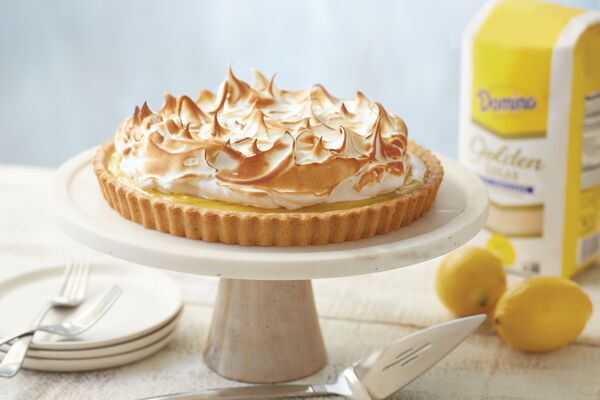
5. Stabilizing
Ever wonder how meringues can hold their shape as they dry into the light, airy creation we know them as? The answer is sugar. Whipped into an egg white foam, sugar reinforces the bond of water and air in the meringue, without that bond, meringues may be more susceptible to falling or leaking water during the baking process. This stabilizes it and allows it to fully dry into a beautiful, sweet shape.
6. Fermentation
Crucial in the making of bread, and the entire process that makes beer or wine, fermentation is the conversion of sugar to alcohol by living microorganisms commonly known as yeast. In baking, fermenting sugar causes the dough to rise as CO2 is released, creating pockets in the dough and giving leavened bread its soft, pillowy texture.
Now that you know everything that sugar can do for your baked goods, it’s best to be sure you don’t run out. Visit a local grocer or supermarket near you to find just the Domino® Sugar to suit your next recipe.
Try it for Yourself! Find Domino® Sugar Near You
Now that you know everything that sugar can do for your baked goods, it’s best to be sure you don’t run out.
Visit a local supermarket or grocery store near you to find just the Domino® Sugar to suit your next recipe.

